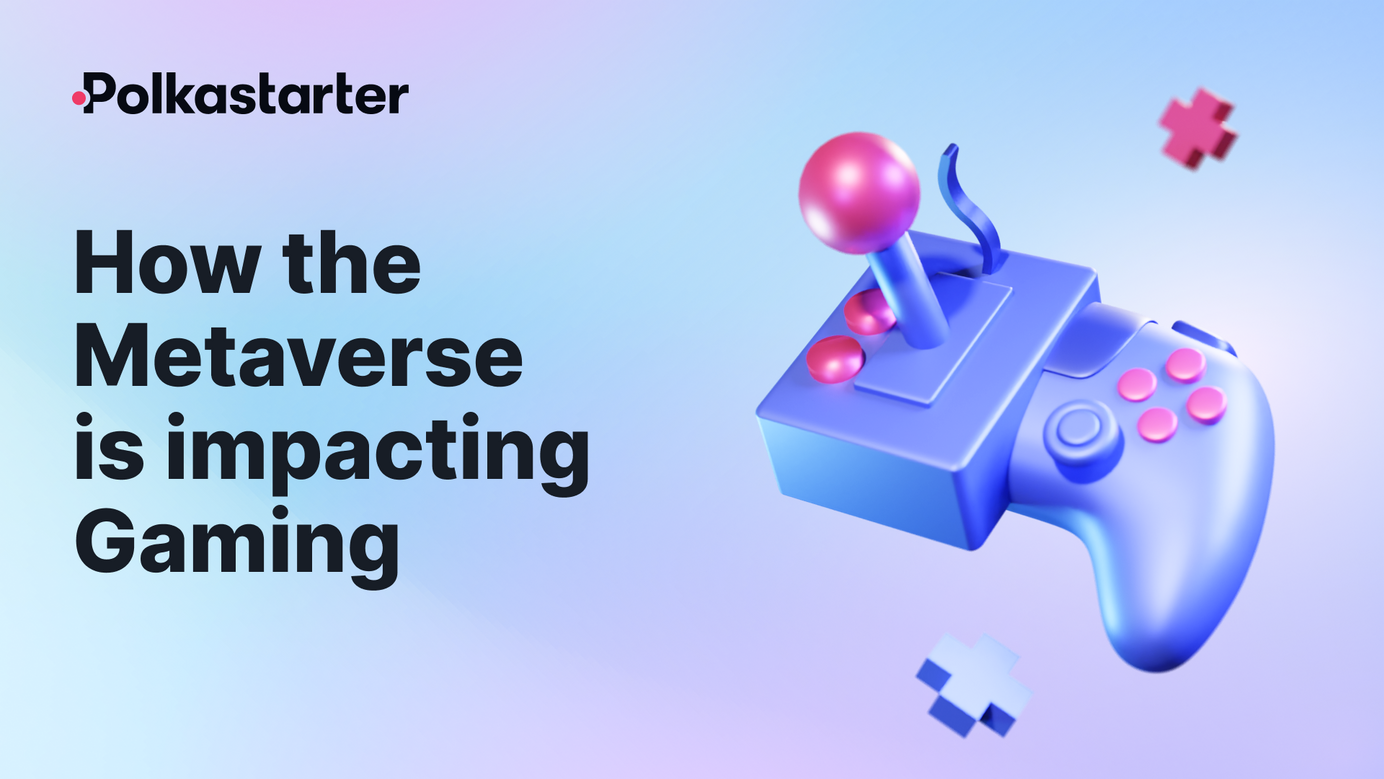
How The Metaverse is Impacting Gaming
What would life be like if a week went by without mentioning the metaverse?
Last week, it was all about the future of the metaverse and the week before that, it was metaverse explained. Today, we’re taking the conversation a step further, taking a deep dive into the impact of the metaverse on gaming and gameplay evolution. Let’s get right to it.
How gaming has evolved through the years
Thinking back to the early days of gaming, the gameplay was linear and simplistic. A player would invest their money in a console and a game and follow a rigid storyline with little expression or input on the player’s part. Once the player got tired or finished the game, the time, money and effort they invested were redundant as there were no transferable assets or qualities in the game.
Fast forward a few years, and the second generation of gaming saw vast improvements. Players could play games from multiple devices, save their progress, continue from where they left off, and invest money by buying in-app assets to enhance their gaming. The problem persisted was that players could move progress from one game to another.
The proposition of web3 gaming is one where time, money and effort invested by the players are not only saved and reused but get rewarded. Buying a skin or a weapon or even developing a character or a storyline doesn’t get lost once the game ends. These can all be transferred to other games, giving players control in ways it has never before.
How is the metaverse shifting the gaming paradigm?
Think of the metaverse as a parallel, digital world to the one we live in. A place where you can log in and buy land, build a house, go to work, sleep, socialize, exercise and form communities. Placing gaming in these parameters, you can immediately see how it changes as an idea. Gamers are no longer a niche community; games do not exist in their little dark corner of the internet.
Players are now asked to navigate games the way they live life. There are actions, reactions, consequences, buying and investment power. The gameplay is no longer linear, but it deviates based on multiple factors. Let’s see some of the most important factors affecting the way games are played.
NFTs
We know, NFTs here, NFTs there, NFTs everywhere. From discussing their future to figuring out how to store NFT metadata, it’s probably the most commonly used acronym in the crypto world. Please bear with us because NFTs are one of the biggest contributors to gameplay evolution.
Non-fungible tokens prove that a player’s asset is one of a kind. It proves ownership and creates scarcity. Apart from escapism and the pure joy of playing, players can now create value for their assets and exchange or sell them in secondary marketplaces to earn money.
Better overall gaming experience
One of the most commonly used adjectives for games is “immersive.” A game’s ability to draw you in and make you forget about your day, your routine, time and place and feel as if you’re part of that world. The metaverse is essentially turning gaming into an extension of life. Game characters take the form of unique avatars, offering a virtual representation of a player’s real identity.
Games are no longer a break from life but a part of it. Pleasure is not only derived from finishing a quest or reaching a milestone, but it can be winning monetary rewards. Instead of a two-dimensional screen, players will be immersed in a three-dimensional environment where they can interact with the elements around them.
What does gaming in the metaverse look like?
If you want a good example of what gaming looks like and can be in the metaverse, look no further than REALM, an open source and community-driven ecosystem that allows players to create unique and customizable virtual worlds through NFTs and augmented reality (AR) technology.
REALM is a mobile-first, Play2Own, impact-driven metaverse. its mission is to empower everyone to thrive from metaverse experiences and create a positive impact in the real world, REALM donates 1/3 of its revenues to sustainability projects.
REALM users are rewarded as they engage with the platform: 1/3 of the revenues go to the token staking community. The native REALM builder tools allow anyone with no coding experience to build personalised microverses, tell their story, and trade NTFs on the REALM Marketplace. Creators and brands can bring unique music, art, games, and anything else they can imagine to life and into their realms.
Can you fathom the possibilities? Players are not only operators and within a set game, but they are creators of entire worlds. Gameplay is turning into a personalised, storytelling mechanism where players can express themselves, unleash their creativity and do things that a few decades ago seemed impossible.
Upcoming event
This week’s Poolside with Polkastarter podcast will see us sit down with REALM’s CEO, Matthew Larby, to talk about web3 gaming trends, gameplay evolution and the impact of the metaverse.
🎧 Make sure you tune in:
About Polkastarter
Polkastarter is the leading decentralized fundraising platform enabling crypto’s most innovative projects to kick start their journey and grow their communities. Polkastarter allows its users to make research-based decisions to participate in high-potential IDOs, NFT sales, and Gaming projects.
Polkastarter aims to be a multi-chain platform and currently, users can participate in IDOs and NFT sales on Ethereum, BNB Chain, Polygon, Celo, and Avalanche, with many more to come.
